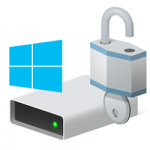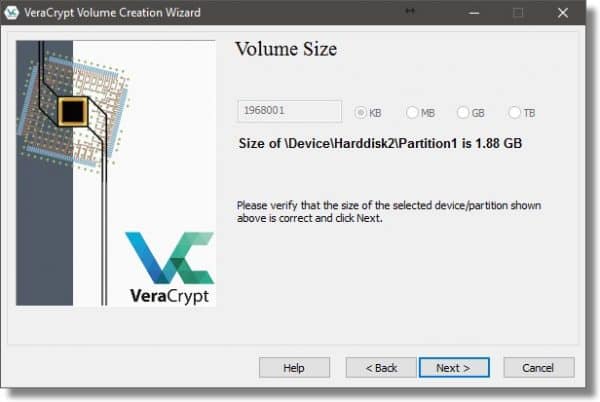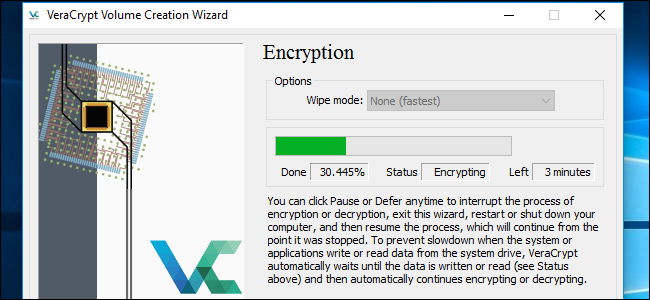

- Veracrypt full disk encryption for mac#
- Veracrypt full disk encryption mac os x#
- Veracrypt full disk encryption update#
- Veracrypt full disk encryption windows#
To avoid this issue, modern CPUs generally come with hardware-based AES support built in. Encryption adds extra CPU load, as each disk block needs to be decrypted by the OS on access. It will affect only disk access times, and depending on performance of your laptop you might not even see the difference. You will really just notice a difference when you transfer files to or from the disk. But this is the same with or without encryption. Startup tends to be particularly disk intensive, as the operating system and all your startup applications and data are read from (or written to) the disk. It’s simply something that happens as your computer reads and writes data to and from the encrypted disk.

There’s no specific time when whole-disk encryption has more or less impact. My desktop can encrypt and decrypt AES (using VeraCrypt) at approximately 2.1 GiB/s at 100% load (all four cores used). That depends entirely on the encryption algorithm. Enter the user account name of the first user account that has administrator authority level in Full Disk Encryption and click OK.U/Prunestand How much more work will encryption/decryption be for the CPU and GPU? If I did not encrypt my machine, would it cause my CPU and GPU to last longer?.

Veracrypt full disk encryption for mac#
Open your Applications folder and locate the Full Disk Encryption Management Console for Mac (FDEMC) application.On the right, under Disk Properties, if you see the following text: Status: Encrypted - AES, then your hard drive is encrypted.

Veracrypt full disk encryption update#
Update as of 7/31/20, PGP Encryption is End of Life and no longer supported as an encryption method on UCSF Managed Devices or devices connecting to the UCSF network (BYOD). Under System Storage, if you see the following text: OSDisk (C) and In compliance underneath, then your hard drive is encrypted. In the Data Protection window, click on the icon of the hard drive (aka System Storage).
Veracrypt full disk encryption windows#
Under BitLocker Drive Encryption - Hard Disk Drives, if you see the following text: Windows (C:) On, then your hard drive is encrypted.
Veracrypt full disk encryption mac os x#
macOS / Mac OS X - PointSec (Check Point Software).macOS / Mac OS X - DEE (Dell Encryption Enterprise).Windows - PointSec (Check Point Software).Windows - DDPE (Dell Data Protection | Enterprise Edition - Credant).If you need help reviewing your system's encryption status, or if you find that your system is not encrypted, please contact our UCSF IT Service Desk. The list of computer encryptions below is ordered by most to least well-used.įor additional information regarding encryption, visit our Encryption FAQs. Multiple methods for deploying whole-disk encryptions are used at UCSF Medical Center and UCSF Campus.


 0 kommentar(er)
0 kommentar(er)
